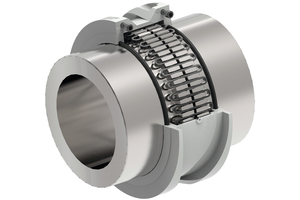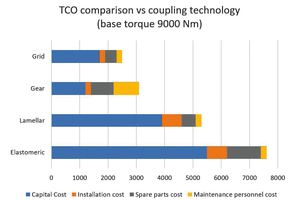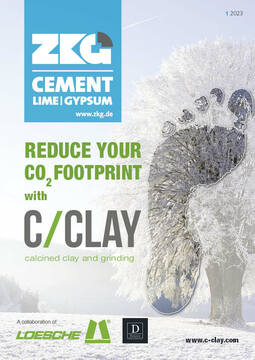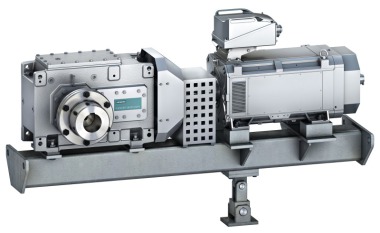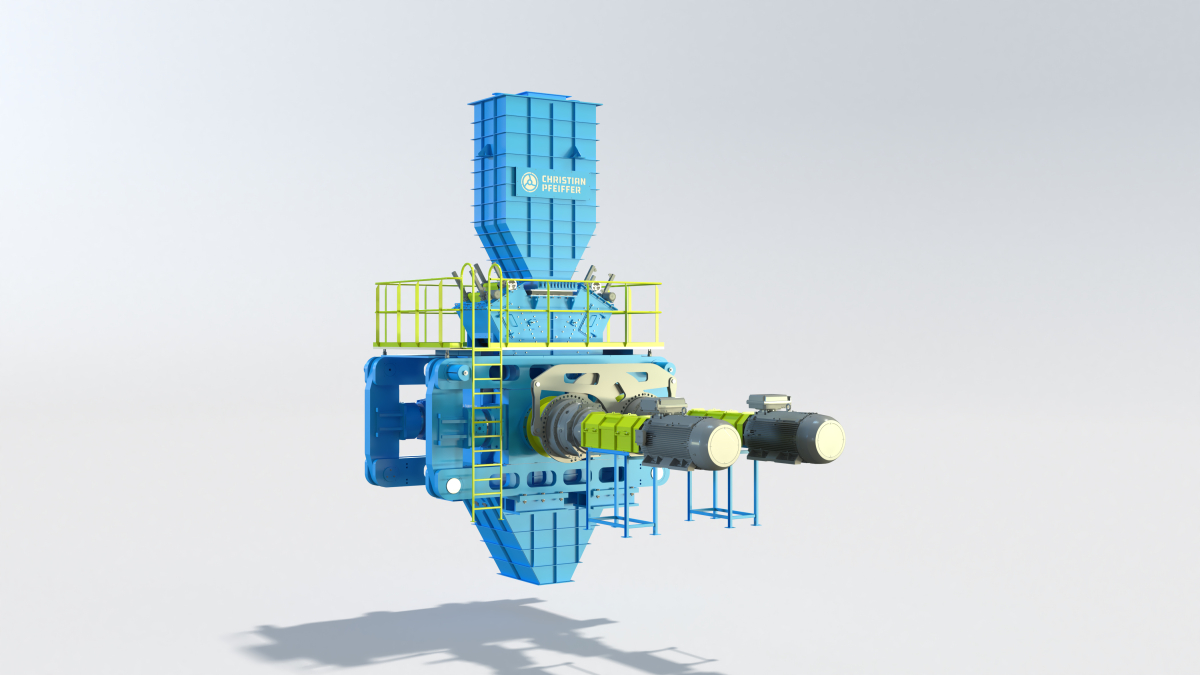How to contribute to a greener transmission with grid couplings
The Flexacier/Winflex grid couplings offer today this reliability and long life (The Flexacier® brand is widely used in French and Spanish-speaking countries, the Winflex® brand is widely used in English and German-speaking countries; Flexacier & Winflex represent the same grid coupling ranges). The 100% compact metallic design of these grid couplings, coping with harsh environment, can reach 40000 h or five years between two maintenance operations.
Its unique design with the grid progressive stiffness makes it possible to absorb every peak torque and shocks, observed for instance at motor start, and reduces vibration. A good short description of the Flexacier/Winflex coupling is that it has the torque transmission capacity of a gear coupling, with the same flexibility as an elastomeric coupling.
Elastomeric couplings manufacturers often promote the ‘maintenance-free’ ability of these couplings. In reality, these couplings will require frequent maintenance operations (every 6 or 12 months), with an observed life span of two years (maximum three years in very mild environments). This is due to the intrinsic nature of the elastomeric element that will wear not only because of external aggressive conditions, but also due to its own operating mode through multiple compression. Thus, the elastomeric coupling will be more maintenance intensive than an equivalent grid coupling and will require replacement under prolonged operation. Prior to replacement, the material properties of the elastomeric element does change with time, so the desired stiffness and damping characteristics may likewise vary during the operating period. Grid couplings will keep their stiffness over time and temperature variations though, allowing prolonged operation. And last but not least, grid couplings have a better energy efficiency than elastomeric couplings.
Decarbonisation is also related to recycling and circular economy. Grid couplings are made of steel, 100% recyclable. It uses lubrication of course, therefore extra care must be taken on sealing (mostly a problem that arises is not caused by the lubricant, but by leakage). Lubricant manufacturers make great efforts to promote more environmentally friendly greases, sometimes even with Ecolabel. Worn elastomeric elements might hardly be recyclable.
This longevity has a direct impact on cost
Today’s industries not only rely on investment costs or Capital Costs (CC), but focus on Total Cost of Ownership (TCO). TCO includes operating & maintenance costs (OMC) in addition to CC. Depending on the
period considered, OMC can have a great impact on TCO, therefore reliability & long life of components is vital.
Figure 2 provides various TCO’s depending on the coupling technology (observed by distributors), based on a 9000 Nm coupling rating. Comparison is made between four technologies: Elastomeric, Disc, Gear, Grid. TCO is calculated by adding Capital Cost (CC) (in blue on the graph), and Ope-rating & Maintenance Costs (OMC), composed of installation cost (in orange on the graph), spares cost (grey) and maintenance staff cost (yellow). Additional costs like ‘in service’ operation costs have not been included, even though they could be significant on TCO, due to rising energy prices, but
quantified and documented data are lacking at this stage. The CC indicated on the graph are based on costs observed for western European couplings manufacturers. More exotic sourcing is available today to reduce the CC, but for long enough periods (over two years), OMC will be significant enough to come to the same conclusion: The Flexacier/Winflex coupling has the best result for TCO and is the real ‘maintenance-free’ coupling.

